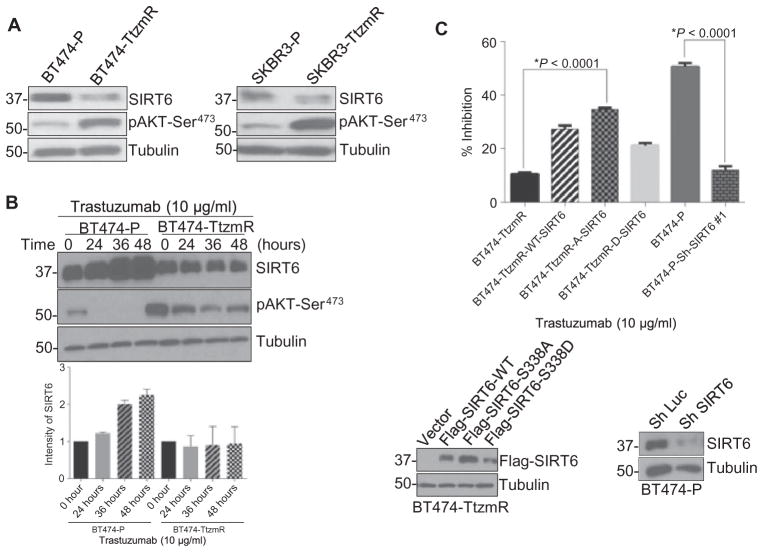Fig. 6. Loss of SIRT6 results in trastuzumab resistance in breast cancer cells overexpressing HER2.
(A) Western blotting in cell lysates from BT474 parental (BT474-P), BT474 trastuzumab-resistant (BT474-TtzmR), SKBR3 parental (SKBR3-P), and SKBR3-trastuzumab–resistant (SKBR3-TtzmR) cells. Blots are representative of three experiments. (B) Western blots for SIRT6 and phosphorylated AKT at Ser473 (pAKT-Ser473) in BT474-P and BT474-TtzmR cells treated with trastuzumab for up to 48 hours. Blot is representative, and data in graph are means ± SE abundance of SIRT6 normalized to tu-bulin from three independent experiments. (C) Cell viability, assessed by relative proliferation by an MTT [3-(4,5-dimethylthiazol-2-yl)-2,5-diphenyltetrazolium bromide] assay, in BT474-TtzmR cells that stably expressed SIRT6-WT, SIRT6-S338A, or SIRT6-S338D, and in BT474-P cells transfected with luciferase or SIRT6 shRNA, each treated with trastuzumab (10 μg/ml) for 4 days. Blots show representative transfection or knockdown, respectively. Data are means ± SE from three independent experiments. *P < 0.0001, Student’s t test.

